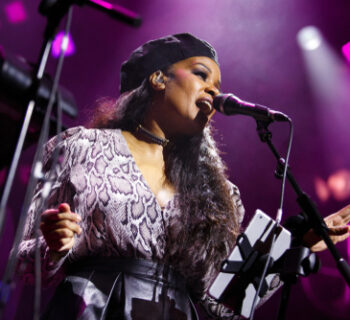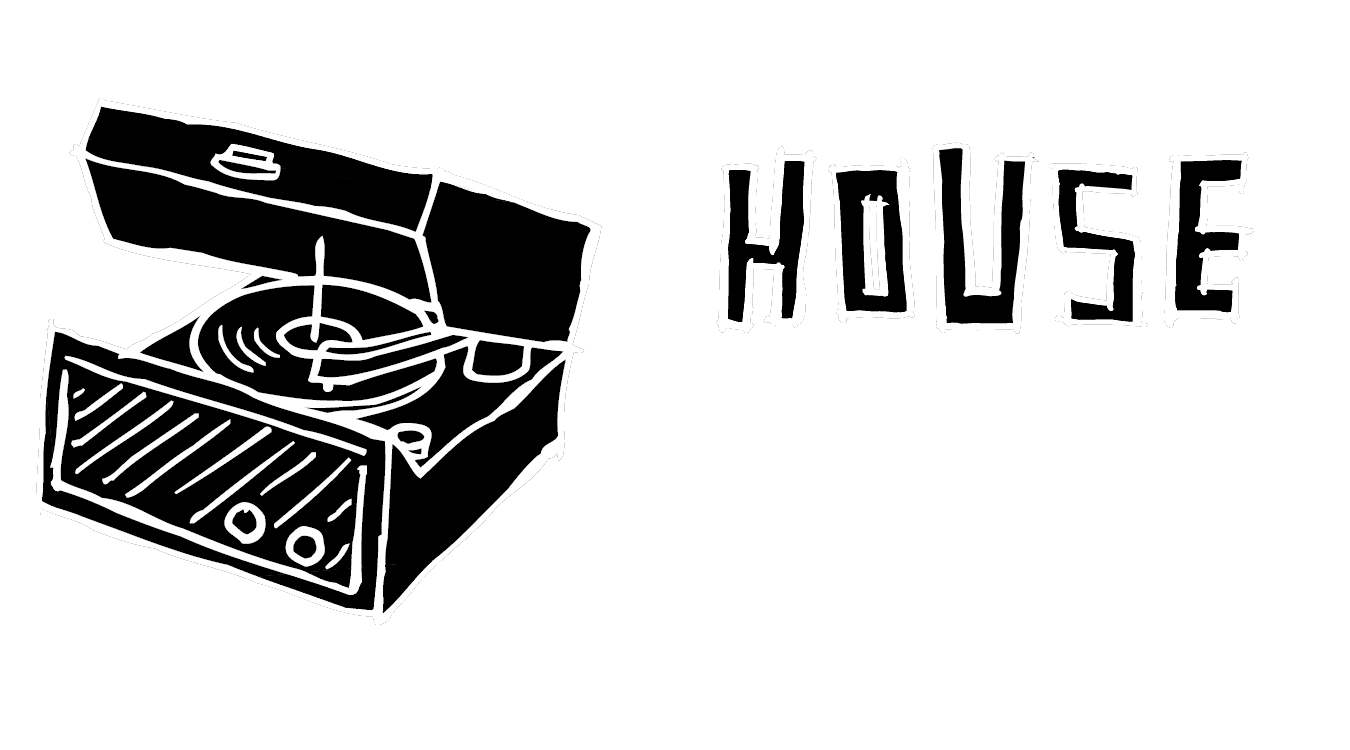 Stage lighting plays a crucial role in creating memorable and impactful live performances. From enhancing the atmosphere to highlighting key moments on stage, the right lighting design can make or break a concert experience. In this ultimate guide to stage lighting for concerts, we will delve into the world of concert stage lighting, offering tips on creating stunning visual effects, discussing different types of lighting fixtures, and providing insights into designing captivating lighting setups.
Stage lighting plays a crucial role in creating memorable and impactful live performances. From enhancing the atmosphere to highlighting key moments on stage, the right lighting design can make or break a concert experience. In this ultimate guide to stage lighting for concerts, we will delve into the world of concert stage lighting, offering tips on creating stunning visual effects, discussing different types of lighting fixtures, and providing insights into designing captivating lighting setups.
1. Understanding the Basics:
Before diving into the intricacies of stage lighting, it’s essential to have a basic understanding of its fundamental elements. These include intensity (brightness or dimness of the lights), color (the shade or hue of the lights), movement (the ability to change positions or create dynamic effects), and direction (the angle at which the lights are focused). Familiarizing yourself with these elements will help you effectively manipulate and control the lighting during your concerts.
2. Creating Visual Effects:
One of the primary purposes of stage lighting is to create visually captivating effects. There are various techniques you can use to achieve this, such as:
– Spotlights: Spotlights are powerful, focused lights that can highlight specific performers or key moments on stage. By directing attention to a specific area, spotlights help create a focal point and add drama to the performance.
– Color Washes: Color washes involve flooding the stage with a particular color or combination of colors. This technique can evoke different moods and emotions. For example, warm colors like red or orange can create a sense of excitement or intensity, while cool colors like blue or green can evoke calmness or tranquility.
– Gobos: Gobos are templates or patterns that can be placed in front of a light source to project specific shapes or designs onto the stage. This technique allows for creative and dynamic backgrounds, adding depth and visual interest.
3. Types of Lighting Fixtures:
There are various types of lighting fixtures commonly used in concert stage lighting. Here are a few examples:
– Par Cans: Par cans are traditional, versatile lighting fixtures that provide high-intensity light in a variety of colors. They can be used for general illumination or as spotlights.
– Moving Lights: Moving lights, also known as intelligent lights, offer the ability to change position and create dynamic effects. They can pan, tilt, and zoom, allowing for more precise control over the lighting design.
– LED Lights: LED lights are energy-efficient and offer a wide range of colors. They are particularly useful for creating vibrant visuals and can be programmed to change color and intensity throughout the performance.
– Strobe Lights: Strobe lights produce short bursts of intense light, creating a strobe effect. They are commonly used for impactful, high-energy moments in performances.
4. Designing Lighting Setups:
Designing a captivating lighting setup requires careful consideration of the performance and venue. Here are some tips to help you design an effective lighting setup:
– Collaborate with the Performers: Discuss the vision and goals of the performance with the musicians or performers. Understand their desired mood and aesthetic, and tailor the lighting design to enhance their vision.
– Consider the Venue: Take into account the size, shape, and layout of the venue. Understand the available power supply and how it may impact your lighting options. Consider any structural limitations or unique features of the space that you can incorporate into your lighting design.
– Think About Transitions: Plan lighting transitions between songs or segments of the concert. Smoothly transitioning from one lighting effect to another can help maintain the energy and engagement of the audience.
– Test and Rehearse: Before the actual concert, run through the lighting setup and adjust as needed. Take note of any timing or technical issues and make necessary adjustments to ensure a seamless performance.
– Safety Precautions: Be mindful of safety when working with stage lighting. Ensure proper electrical installation, secure lighting fixtures, and use appropriate safety measures to prevent accidents or injuries.
Conclusion
Stage lighting is an integral part of creating a memorable concert experience. By understanding the basics, using various visual effects, implementing different types of lighting fixtures, and designing effective lighting setups, you can elevate your performances to new heights. Experiment, be creative, and constantly refine your skills to create stunning visual spectacles that leave your audience in awe.
Got Questions? Let Us Help!
For over 25 years, House of Music Productions has been providing audio-visual services with a focus on the southeast. Based out of Atlanta, Georgia, we have worked with companies and clients from coast to coast. Providing audio-visual equipment, support, and production management to clients of all sizes and all types from touring musicians, Fortune 500 companies, and corporate conventions, large or small. Our dedicated team of professionals is focused on you and your needs as a client. Managing your entire production or event from audio, lighting, video, stage, and custom design, the House of Music team can bring your vision and ideas to life. Our mission is to help you run a worry-free event. Contact us today to learn more about what we can do for you!





